Table of Contents
A beginner’s guide for your child starting to play the gentleman’s game.

A cricket gear or cricket kit is a piece of essential equipment for every cricketer to protect against any injury. One should focus on the quality of the cricket gear/ kit and allocate a significant amount of budget towards buying the right cricket gear for you.
The game of cricket has moved from the conventional style of playing the game to a new innovative style of play. Playing leather cricket or season-ball cricket requires a careful look at the cricket gear (Kit) we use to play the game. The cricket gear (Kit) has also changed from time to time.
The game of cricket is more physical now and the right gear when you bowl, bat or even field is of the utmost importance.

The rigours and physicality within the game have made it an absolute necessity to invest time and money in the gears we choose. The right gear can be the difference to safeguard against serious injuries.
2 to 3 decades ago, not much care was taken on the gear (Kit) and apart from the clothing, the protective gears were assumed to be of a universal size and one size fits all. But with the growing demands required in the game, it is different now. Gears play a vital part in a player’s preparation, both in a cricket match and during practice.
Height, body weight, running style, and torso all have to be factored in when the right cricket gear is picked or chosen. It’s no more universal or one fits all now.
The right cricket gear (kit) will help the players protect themselves from serious injuries.
I have played all my life in the maidans of Mumbai. Most pitches will even have bounce at a club game and the bounce will not be steep. The ball, when delivered by the bowler, will be at the level between your midriff and the knee of the batsman. Does that mean if you are a batsman or a wicketkeeper you do not need a helmet? Absolutely not!
Select the Right Cricket Helmet – Save Yourself from the Journey 
If you are getting ready to play cricket, there are some things that you cannot forget, and selecting the right cricket helmet is the most important one of them all. The helmet is the first thing you should buy in a cricket gear.
The death of Phil Hughes in 2014 has made it mandatory for batsmen to wear a helmet. The helmet now comes with a neck guard. Do not compromise on the quality of helmets. It is necessary. The helmet should fit the head comfortably and not be too loose. It should fit exactly above the eyebrow and the ears and cover the back bump below the head. Padding can be put extra inside which helps protect from any impact. An adjustable grill is also available.
Choose the Best Cricketing Leg Guard Pads
 Size does matter here and if you use a longer guard. It will block your front ankle while batting and running. So have a guard long enough to protect the knees to the ankle inches from the shoe laces.
Size does matter here and if you use a longer guard. It will block your front ankle while batting and running. So have a guard long enough to protect the knees to the ankle inches from the shoe laces.
Cricketing Arm guards

Arm guards will depend on your batting prowess and typically who the bowler is. While it is not common to wear it on slow and turning wickets and sometimes be a hindrance when you play square of the wicket. It is still advisable to wear the same during practice nets and in case you have a handicap on the short ball.
Cricket Abdominal Guard
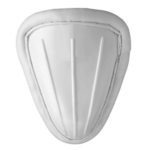
Abdominal guard is important in cricket gear to protect the player’s groin and pelvic region from hard blows.
The ball does have its way to hit your groin when you least expect it. So, this cricketing guard is an absolute must. Also, along with a helmet and shin pads, an abdominal guard is required when you are fielding close in. Again, the abdominal guard is not universal. Choose the right size and do not share the same.
Take time to choose the perfect cricket gear and check multiple brands. The right cricket gear and not the most popular brand is important.
Chest guard
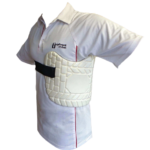
Chest guard are important in cricket gear (kit) for cricketers. Chest guards are worn by batsmen to protect their body from the speed of the ball if it hits them.
Not a common gear but when you are starting it is advisable to use it. During practice nets, it helps in avoiding serious injuries when you are practising your pull shorts. It restricts movement but safety comes first.
Thigh guard
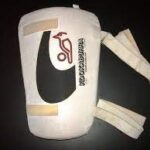
This is again a must-have whenever you go in to bat. Inner edges tend to aim at your groin or your thighs. Protecting the fleshy part like a thigh also is needed. Some use another thigh guard as a chest guard alternate.
Cricket Gloves

Gloves are important in cricket kit to protect the wrists and hands of cricketers while they’re batting. They also prevent blisters, act as a shield, and absorb vibration from the bat on impact.
Choosing a pair of good gloves can be tricky. A size up makes your grip lose and a tight size hurts your fingers. So size is key. Again no one size fits all. Gloves help not only in protecting your wrist and fingers on a ball impact, it also reduces the tension on the bat when the ball hits it. A bad glove or an used old glove has lesser shock resistance. Choose the Right material, Cotton, leather or nylon. Choose what suits you more. I preferred the leather ones. Though a bit expensive, it was smooth, long lasting and gave better Grip.
Pick the Perfect Cricket BAT 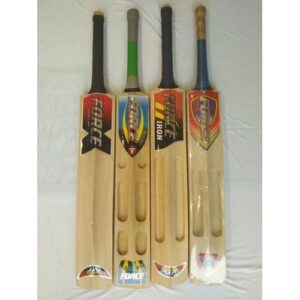
Choosing the right bat is purely on the type of player you are. Wristy players prefer light bats, hitters prefer heavy ones.
Medium to light bats when you play for a long duration. So and so forth. Height should be proportionate to the height of the batsman when you start as a kid.
Height and weight is required according to body types but what is most important is balance. Bats come pre-pressed now so you can directly use it to play in the match. No knocking is required but I will always suggest using new bats in nets first and do some knocking with old balls initially and then using it for a match. But no hard rules though. A good handle grip is a must. Have one or two till you get a balance and the right grip. The bat should not feel heavy at the ends.
In India, bats have their sweet thicker side slightly below the middle of the bat and towards the bottom of the bat. In bouncy pitches then the sweet spot is a bit above.
Bats are expensive. Choose wisely.
Cricket bat’s height depends on player height or the standard size. Stroke players prefer longer handles but it’s a personal choice
Kashmir willow for beginners is fine and cheaper else choose English willow
Grades 1 to 5, 5 being the most expensive and of higher quality. When you are starting it is advisable to go for the cheaper version till such time that you become a decent batsman. This will help reduce/ avoid those hits on the edges and the bottom of the bat which spoils the bat.
Shoes
Shoes are an integral part of the cricket gear (kit). Cricket shoes can be chosen based upon the type of ground one is playing on.
Please keep ankle in mind when you choose. Start with rubber studs before you buy metal spikes. It’s an easier transition.
Keep the game simple to learn faster. Do not get swayed into too much technicality and enjoy the game. You can bring the technical aspect into the game at a later stage
Hopefully this article may help you choose the right gear. Do not compromise on safety and choose wisely.
Frequently asked question
- What gear do you need for cricket?
You need cricket bat, ball and a wicket.

- What is inside a cricket kit?
Helmet, Gloves, Thigh pad, Abdominal guard, Chest guard, Leg and elbow guards, Bat
Ball, Shoes.
- Does a bat need toe guard?
Advisable as it helps the life of a bat.
- What is a cricket uniform called?
Cricket whited sometimes called flannels
- Is oiling bat necessary?
Modern bats are pre oiled but check with your vendor regular maintenance to avoid or reduce chances of cracking and splitting


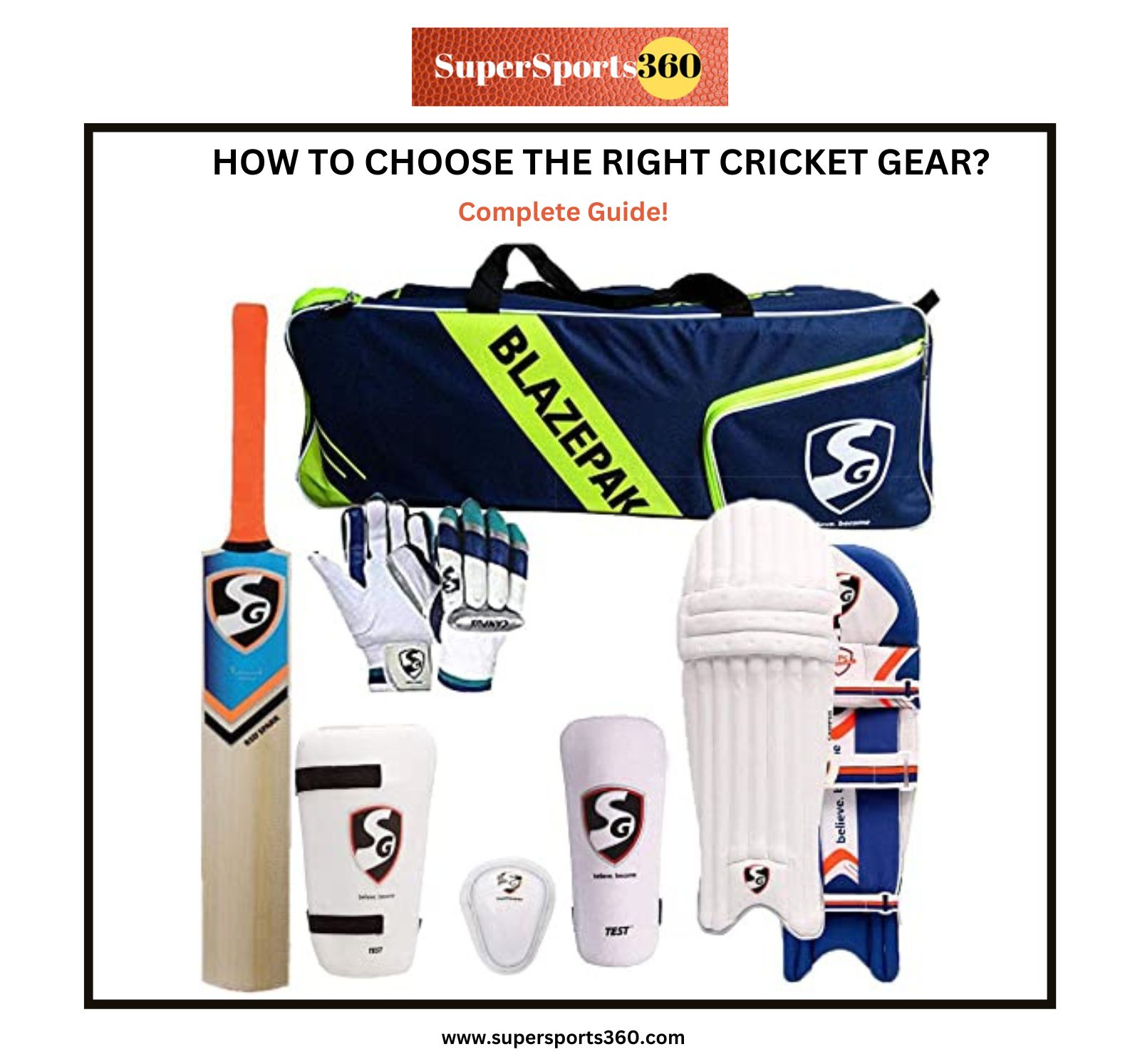
Leave A Comment